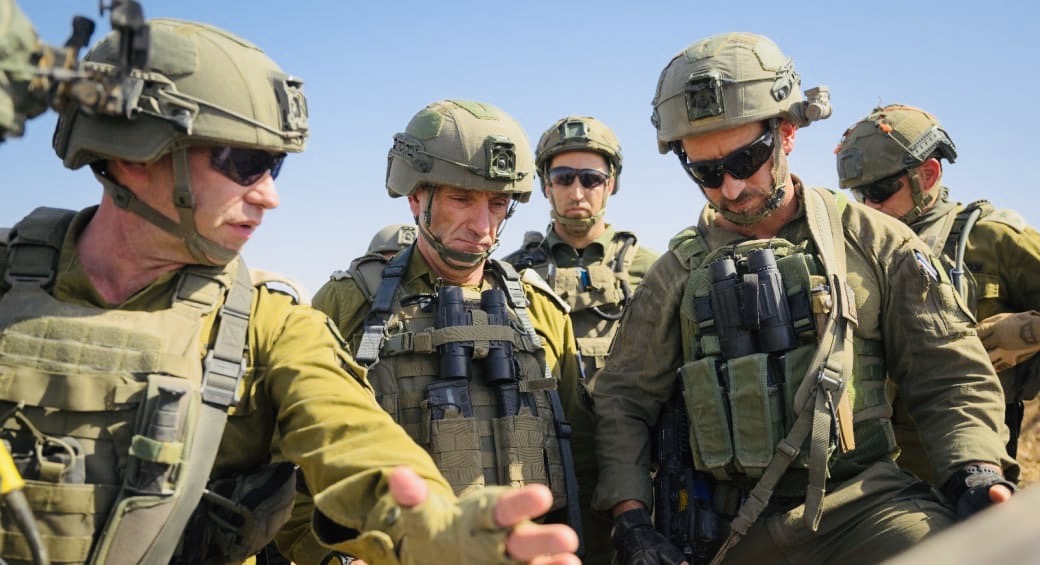Eleven Israeli soldiers were killed in two separate incidents over the weekend in the Gaza Strip, underscoring Israel’s difficulty in destroying Hamas’ military capabilities and thereby achieving its primary goal of the current war.
In Rafah, Hamas’ last urban stronghold, eight soldiers from the Combat Engineering Corps died when their Namer armored vehicle exploded after being struck by an anti-tank missile. It was the deadliest incident for the Israeli army since January.
In northern Gaza, two reservists, including a 49-year-old father of seven children, were killed when their tank came under fire.

With their deaths, 311 Israeli troops have fallen since Israel launched its ground invasion of Gaza eight months ago, following the surprise attack by Hamas on October 7 that claimed the lives of roughly 1,200 Israelis and resulted in the abduction of about 250 Israelis and foreigners.
By Israel’s estimate, approximately 13,000 Hamas fighters out of about 30,000 foot soldiers have been killed since then, yet Hamas is still standing and fighting ferociously.
Jon Finer, U.S. President Joe Biden’s deputy national security advisor, claims that Israel has degraded Hamas to the point where it can no longer conduct an attack on the same scale as October 7.

But Frank McKenzie, a retired U.S. general who was formerly in charge of the United States Central Command, which oversees operations in the Middle East, is not as sanguine. He believes that Hamas still maintains significant power and that Israel has not had “significant success” in eliminating it as an effective fighting force.
If McKenzie is right, Israel has fallen short of its main objective in the war — the eradication of Hamas’ military capabilities. Be that as it may, Israel is pressing on with its existential campaign, which could take years and many more casualties to achieve.
On June 17, the Israel Defence Forces announced that it has dismantled about half of Hamas’ force in Rafah, killing at least 550 gunmen in and around that city. Of Hamas’ four battalions in Rafah, two have been nearly destroyed, while another two have been somewhat degraded.
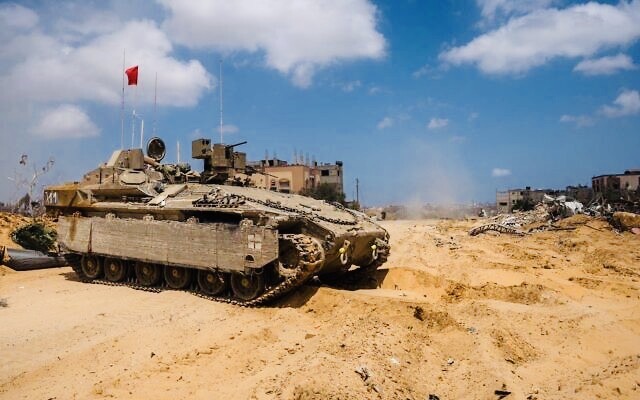
Israel has taken control of the Philadelphi Corridor along the entire length of Gaza’s border with Egypt and found hundreds of rockets and more than 200 tunnel shafts leading to many underground tunnels.
In the days leading up to these battles, Israeli forces in Rafah killed several Palestinian fighters, seized weapons, and identified several underground tunnel shafts. An Israeli drone team conducted a strike that killed a Palestinian fighter approaching Israeli troops The Nahal Brigade killed armed fighters, located tunnel shafts, seized weapons, and destroyed several improvised explosive devices.
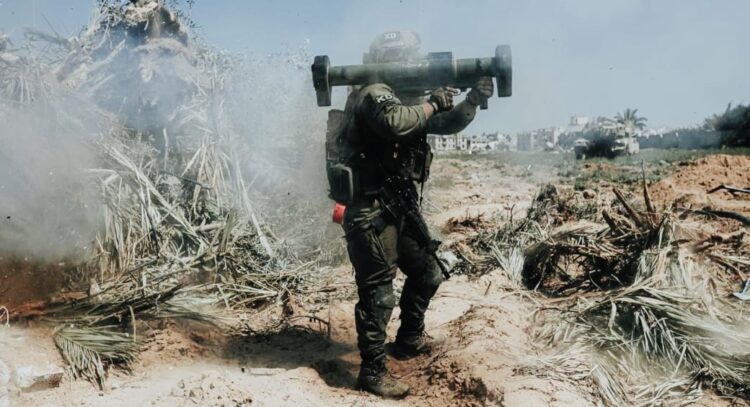
Yet Hamas is still combat effective, says the Institute for the Study of War, which keeps track of the Israel-Hamas war.
On June 15, Hamas and the Al Aqsa Martyrs’ Brigades conducted rocket-propelled grenade attacks against Israeli vehicles in Rafah, while the National Resistance Brigades targeted an Israeli bulldozer. Palestinian fighters engaged Israeli forces using rocket-propelled grenades, anti-personnel mines and mortars.
On June 14, Palestinian militias fired rockets and mortars at Israeli soldiers along the Netzarim Corridor, which is south of Gaza City. Hamas said it detonated a rigged tunnel entrance east of Zaytoun, killing and wounding Israeli soldiers.
On June 1, Palestinian militias targeted Israeli forces in southern and western Rafah with mortar attacks. Hamas fighters conducted two attacks targeting Israeli soldiers with anti-personnel devices. Palestinian Islamic Jihad fighters targeted an Israeli vehicle with a barrel bomb east of Rafah.
These Palestinian attacks indicate that Hamas and other armed groups on Gaza are resilient and hardly a spent force.
To Hamas leader Yahya Sinwar, survival is the primary and overriding goal. If Hamas can survive Israel’s punishing ground and air offensive, which has led to the deaths of almost 38,000 Palestinian civilians and combatants and the destruction of much of Gaza’s infrastructure, Hamas can continue to insist on its maximalist demands and negotiate with Israel from a position of strength through Egyptian and Qatari mediators.
Tellingly enough, Sinwar has called the high Palestinian death toll a “necessary sacrifice,” reports The Wall Street Journal.
What this means in practice is that Hamas is demanding a long-term ceasefire and a complete Israeli withdrawal from Gaza so that the status quo ante remains in place and Hamas can rule Gaza.
These are demands that Israel cannot accept, especially after eight months of war. Israeli Prime Minister Benjamin Netanyahu is bent on crushing Hamas’ military and governing capabilities so that it can never threaten Israel again.
Yet recently, General Herzi Halevi, the commander of the Israeli armed forces, conceded that Israel still has a long way to go before Hamas is finished off.
The Institute for the Study of War believes that Hamas is still militarily capable and in the midst of reconstituting itself: “Hamas has achieved this success by exploiting the fact that Israeli forces withdraw from areas in the Gaza Strip after clearing them rather than conducting follow-up holding operations.”
Hamas, too, is trying to reassert its political authority in some sectors of Gaza from which Israel has pulled out.
As far as on-again, off-again ceasefire/hostage negotiations are concerned, Hamas thinks it can manipulate them to its advantage because it is confident it is winning the war. As the Institute for the Study of War puts it, “Senior Hamas officials have repeatedly expressed confidence that Hamas will survive the war, despite Israeli military pressure.”
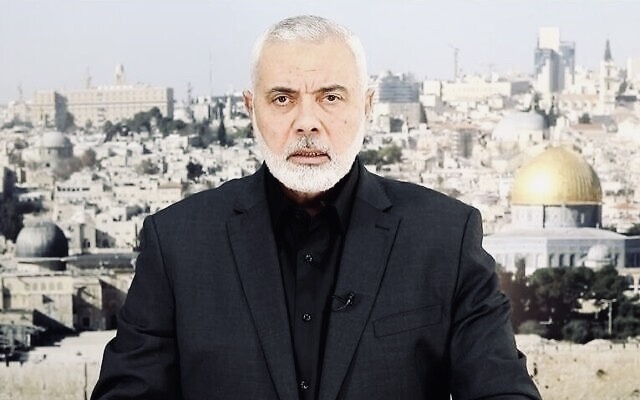
Ismail Haniyeh, a Hamas leader, claims that Hamas is ready for a comprehensive agreement with Israel entailing a long truce, the withdrawal of Israeli forces from Gaza, an exchange of hostages and Palestinian prisoners, and the reconstruction of Gaza.
Yet Osama Hamdan, a senior Hamas official, has admitted that “no one has any idea” how many of the estimated 116 remaining hostages in Gaza are still alive. Much to Israel’s frustration and anger, Hamas has refused to provide a hostage list and has only sporadically posted videos of living hostages.
Late in April, Israel presented a temporary ceasefire/hostage proposal that U.S. Secretary of State Antony Blinken described as “extraordinarily generous.” In two concessions, Israel offered to allow displaced Palestinians from northern Gaza to return to their homes and lowered the number of hostages that could released in the first phase of a plan outlined by Biden on May 31. His three-stage proposal would begin with a six-week ceasefire and potentially morph into a permanent truce to end the war and kickstart the reconstruction process in Gaza.
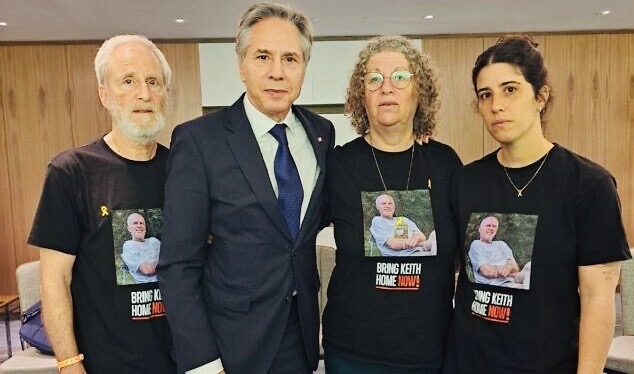
Israel, however, did not accept Biden’s plan and countered that the war could only wind down following Hamas’ defeat.
Last week, Blinken described Hamas’ new demands as mostly unworkable and questioned whether Hamas is really negotiating in good faith.
Under Hamas’ latest demands, Israel would withdraw from Gaza much sooner, make greater concessions regarding the release of Palestinian prisoners, and accelerate the timeline for Gaza’s reconstruction.
Hamas seeks to secure most of its maximalist demands in the first phase of the proposed ceasefire deal, says the Institute for the Study of War.
“Hamas’ changes are meant to force Israel to either accept the new demands or risk being perceived as the party that ended ceasefire negotiations. Israeli officials have indicated repeatedly that Israel’s latest proposal is its last one. Senior U.S. officials, including Biden, have stated in recent weeks that Hamas remains the primary obstacle to a ceasefire agreement.”
Hamas is sticking to its hardline position on the assumption that it enjoys increasing popularity among the Palestinian masses. A poll released last week by the Palestinian Center for Policy and Survey Research indicated that support for Hamas has risen in Gaza and the West Bank. Overall support for Hamas in both areas stands at around 40 percent, a six point increase since the previous poll in March.
Forty one percent of Palestinians in the West Bank endorse Hamas, compared to 33 percent a few months ago. In Gaza, the figures are 38 percent and 34 percent.
It would appear that Hamas is far more popular than the Palestinian Authority, which rules parts of the West Bank.
At the same time, support in Gaza and the West Bank for armed struggle has reached the 54 percent mark.
Palestinian radicalism has hardened Israeli public opinion, which more than ever opposes a two-state solution and has resigned itself to the view that Israel’s struggle with the Palestinians is a generational one.
